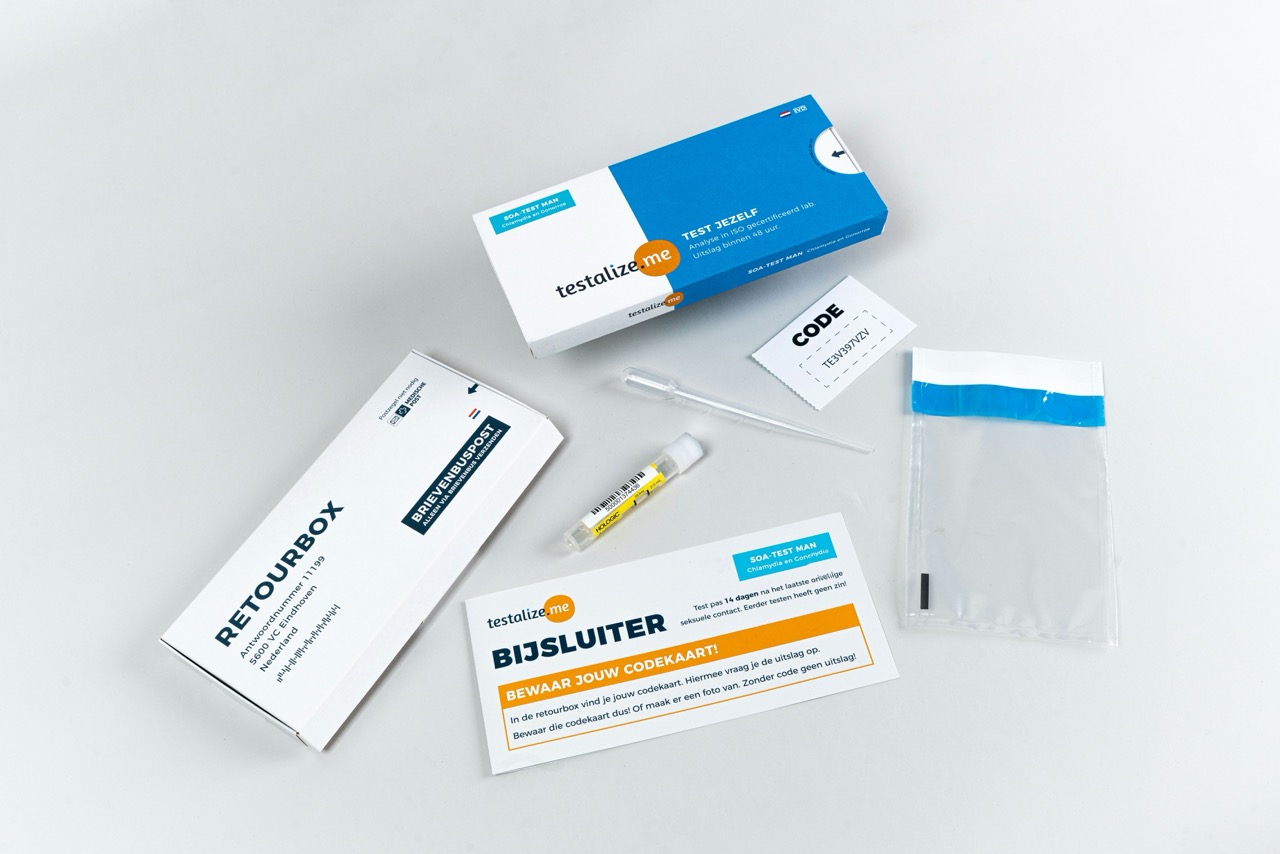Human Papillomavirus (HPV) is a significant public health concern affecting individuals of all ages, but its impact is particularly notable among adolescents. As one of the most common sexually transmitted infections globally, HPV can lead to serious health issues, including various types of cancers. Despite its prevalence, there remains a considerable gap in knowledge and awareness among teens regarding HPV and its associated risks. This article delves into the importance of educating teens about HPV, emphasizing the need for early intervention, understanding preventative measures, and dispelling myths surrounding the virus.
Understanding HPV: Prevalence and Risks Among Teens
HPV is a group of more than 200 related viruses, of which over 40 can be transmitted through direct sexual contact. According to the Centers for Disease Control and Prevention (CDC), nearly all sexually active individuals will contract HPV at some point in their lives. The virus often goes unnoticed due to the lack of visible symptoms, especially among adolescents. This invisibility can lead to a false sense of security, leaving many teens unaware of their status and the potential risks involved.
The risks associated with HPV are particularly concerning for adolescents, as some strains can lead to serious health complications, including genital warts and cancers such as cervical, anal, and oropharyngeal cancers. The latter two types are increasingly prevalent among young adults, underscoring the necessity for targeted education and prevention strategies. As teens engage in sexual relationships, understanding the implications of HPV is crucial to fostering a culture of health and safety.
Furthermore, the societal stigma surrounding sexually transmitted infections often prevents open discussions about HPV. This lack of dialogue contributes to misinformation and misunderstanding among teens, which can perpetuate the cycle of infection and increase the likelihood of serious health outcomes. By addressing these risks and promoting awareness, we can empower teens to make informed decisions about their sexual health.
The Importance of Early Education on HPV Awareness
Early education about HPV is vital in equipping teens with the knowledge they need to protect themselves and their partners. Comprehensive sexual health education that includes information about HPV can demystify the virus and encourage responsible behavior. By integrating HPV education into school curricula, we can ensure that all adolescents receive consistent and accurate information, fostering a sense of responsibility regarding their sexual health.
Moreover, early intervention can lead to significantly improved health outcomes. Studies have shown that when teens are informed about HPV and its implications, they are more likely to engage in safe practices, such as using condoms and getting vaccinated. This proactive approach can reduce the incidence of HPV and its associated health complications, ultimately leading to a decrease in healthcare costs related to treating these conditions.
Educational initiatives can also empower teens to advocate for their health and well-being. When equipped with accurate information about HPV, adolescents are more likely to seek vaccination and screening services when appropriate. This proactive stance not only benefits the individual but also contributes to community health by reducing the overall prevalence of the virus.
Preventative Measures: Vaccination and Safe Practices
The advent of the HPV vaccine has revolutionized the fight against this virus, providing an effective means of prevention. Recommended for pre-teens aged 11 to 12, the vaccine can be administered up to age 26 for those who did not receive it earlier. Education about the importance and efficacy of the HPV vaccine is essential for encouraging its uptake among teens and their families. Vaccination significantly reduces the risk of developing HPV-related cancers, making it a crucial component of public health strategy.
In addition to vaccination, promoting safe sexual practices is equally important in combating the spread of HPV. Comprehensive sexual health education should emphasize the use of condoms and dental dams, which can reduce the risk of HPV transmission, even though they do not provide complete protection. Encouraging communication between partners about sexual history and health can also foster a culture of safety and responsibility.
Ultimately, a combination of vaccination and safe practices can create a multi-faceted approach to reducing HPV prevalence among teens. By equipping adolescents with the necessary tools and knowledge, we can empower them to take charge of their sexual health and make informed choices that benefit both themselves and their communities.
Addressing Myths: Fostering Open Conversations About HPV
Despite the wealth of information available, numerous myths and misconceptions about HPV persist, particularly among adolescents. Common myths include the belief that HPV only affects women or that it is solely a consequence of promiscuity. Such misconceptions can perpetuate stigma and discourage individuals from seeking information or help. Addressing these myths through education is crucial for creating an informed and supportive environment for teens.
Open conversations about HPV can significantly reduce the stigma associated with the virus. Schools, parents, and healthcare providers can play a vital role in fostering an atmosphere where questions can be asked without fear of judgment. Creating safe spaces for discussions about sexual health, including HPV, will encourage teens to be more open about their concerns and experiences, ultimately leading to better health outcomes.
Furthermore, incorporating peer-led discussions and workshops can enhance engagement among adolescents. When teens hear information from their peers, they may feel more comfortable and willing to participate in conversations about HPV. Peer educators can help bridge the gap between knowledge and action, fostering a more proactive approach to sexual health among their age group.
In conclusion, education regarding HPV is a critical component of public health, particularly for teenagers. By understanding the prevalence and risks of HPV, emphasizing early education, promoting preventative measures, and addressing myths, we can empower adolescents to take charge of their sexual health. Through proactive education and open conversations, we can create a healthier future, reducing the impact of HPV on individuals and communities alike.










